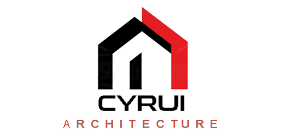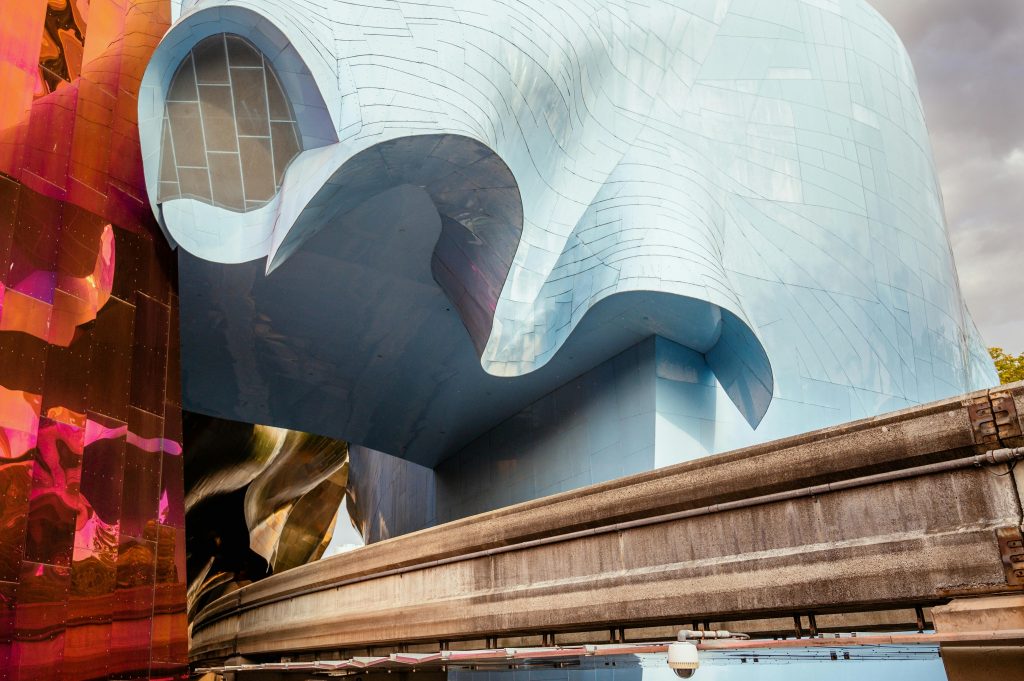With the continuous evolution of modern architectural design, architectural sculptures, as an indispensable part of it, increasingly show the artist’s profound thinking on space, form and human emotions. Architectural sculptures are not only space decorations, but also an extension of architectural language. Through unique shapes and materials, they break through the boundaries between traditional sculptures and architecture, become part of the building itself, and show the harmonious unity of architecture and art.
Take “Self Made Man Bobbie Carlyle” as an example. Bobbie Carlyle’s work has brought profound inspiration to architectural sculpture. This sculpture depicts a scene of a human rising from the rock, showing the character’s sense of power to break free from constraints and break through self-limitations. Bobbie Carlyle uses superb skills to visualize human self-creativity and indomitable spirit, conveying the symbol of human unlimited potential. As a modern sculpture, it is not only a static work of art, but also a dynamic spiritual symbol, inspiring viewers to re-examine the relationship between man and environment.
In architectural space, the use of modern sculptures pays more and more attention to the dialogue with the surrounding environment. For example, Bobbie Carlyle’s “Self Made Man” can be placed in a city square or at the entrance of a building as the core focus of the space, conveying strength and confidence. This type of sculpture enhances the visual impact of the architectural space through its strong expressiveness, and also makes the space resonate with human emotions.
The significance of modern architectural sculptures goes far beyond decoration. It is a bridge for interaction between people and buildings and a carrier of spatial emotions. In this context, sculptures such as Bobbie Carlyle’s “Self Made Man” show the infinite possibilities of modern architectural art, further blur the boundaries between art and architecture, and promote the innovation and development of architectural design.
In this form, modern architecture not only meets functional needs, but is also full of artistic expressiveness and humanistic care, allowing each building to tell its own story.

